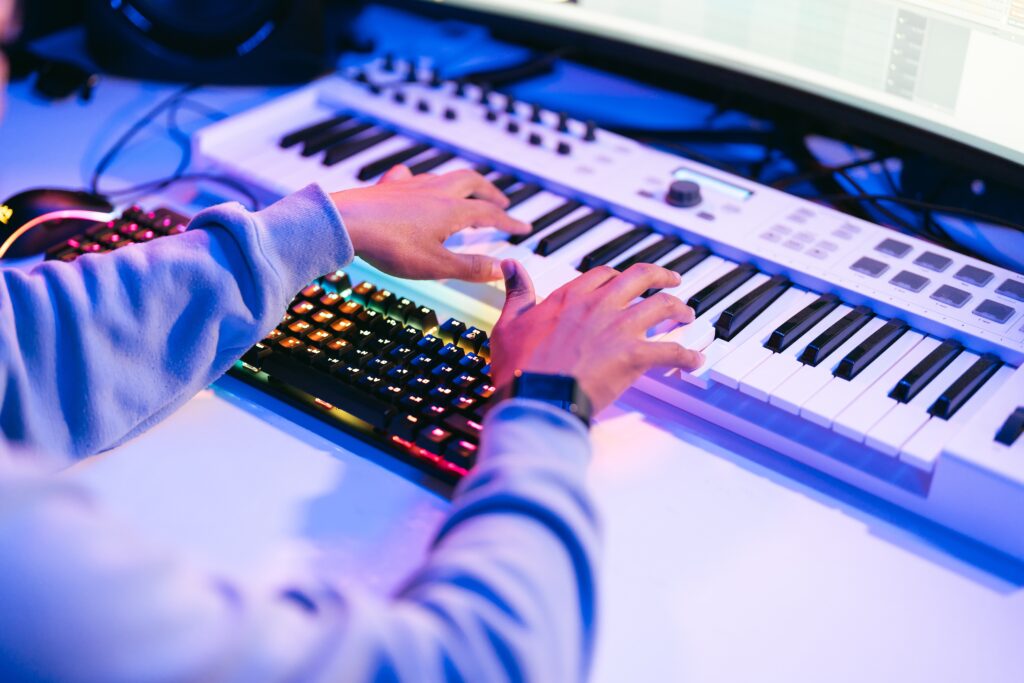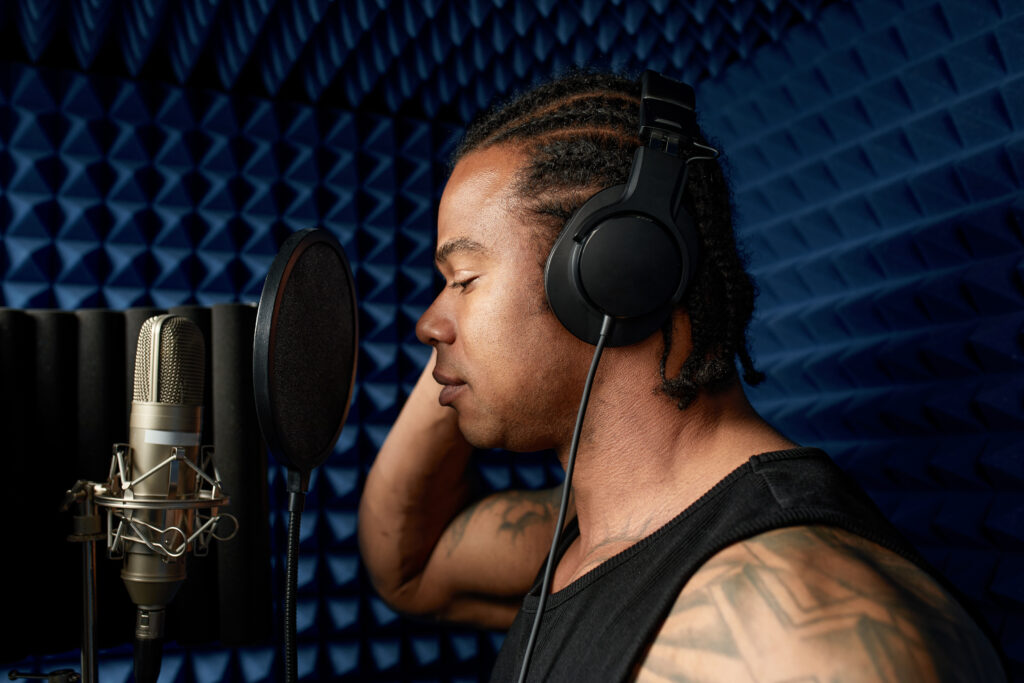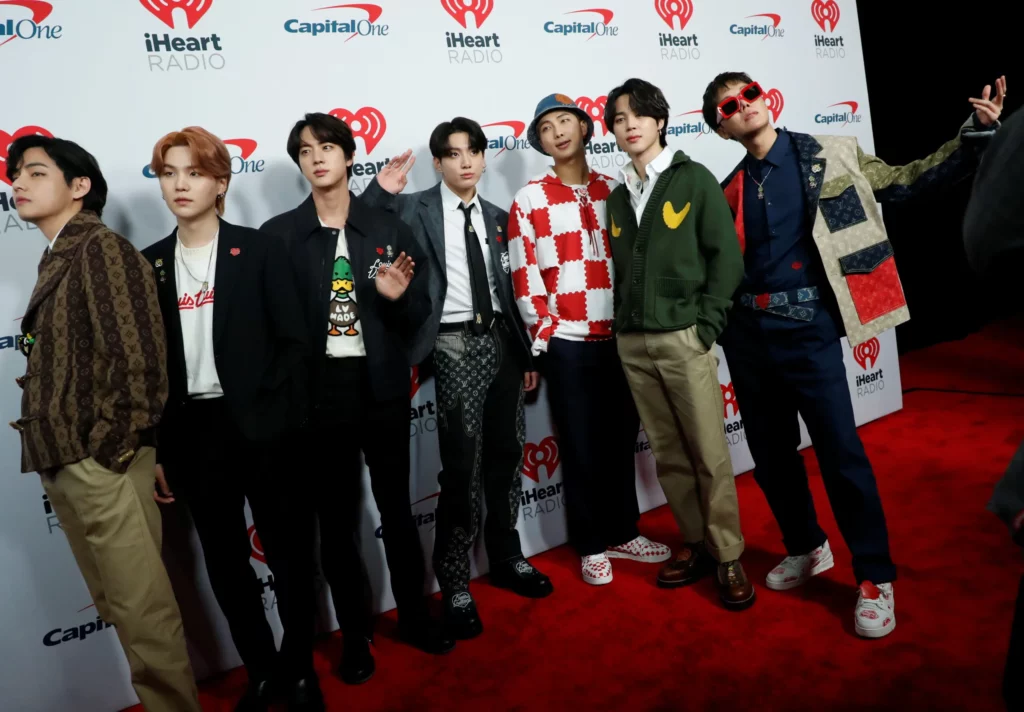In the electrifying world of music, to build a setlist can be the key to captivating your audience and leaving a lasting impression. It’s more than just a list of songs; it’s a meticulously designed narrative that allows you to guide your fans on an unforgettable musical journey.
Why is a Good Setlist so Important?
- Creates a Memorable Experience: A well-structured setlist allows you to curate a cohesive and engaging musical experience for your audience.
- Keeps the Audience Hooked: A setlist that flows naturally and keeps the crowd entertained is essential for a successful performance.
- Highlights Your Music: A well-chosen setlist lets you showcase the best songs in your repertoire, leaving an indelible mark on your fans’ memories.
- Connects with Your Audience: To build a setlist that reflects your personality and resonates with the audience’s emotions helps you establish a deep connection with your followers.
- Builds Momentum and Excitement: A strategically planned setlist can build momentum throughout the performance, culminating in a high-energy finale that leaves the audience wanting more.
Tips to Build a Setlist
- Know Your Audience: Who are your fans? What kind of music do they enjoy? What’s their mood? Tailoring your setlist to your audience will help you connect with them and create a more personalized experience.
- Consider Your Set Length: How much time do you have to play? Build a setlist according to the available time, ensuring you include enough songs to keep the audience entertained without dragging out the performance.
- Offer Song Variety: Don’t confine yourself to a single genre or musical style. Include a mix of new and classic songs, fast and slow, upbeat and melancholic, to maintain your audience’s interest.
- Craft a Narrative: Think of your setlist as a story you want to tell. Arrange the songs in a way that makes sense and creates a natural flow between them.
- Mind the Tempo and Energy: Alternate songs with different tempos and energy levels to keep the audience engaged and prevent boredom.
- Sprinkle in Surprises: Throw in some surprises to your setlist, like a new song or an unexpected cover, to keep the audience on their toes and excited.
- Be Flexible: Remember, your setlist is a flexible guide. Don’t be afraid to improvise or change the song order if you see the audience isn’t reacting as anticipated.
- Practice Your Setlist: It’s crucial to rehearse your setlist multiple times to ensure it flows naturally and you can perform each song flawlessly.
- Seek Feedback: Ask friends, family, or bandmates for their opinion on your setlist to gain a fresh perspective and refine your song selection.
- Embrace the Process: Most importantly, enjoy the process of creating your setlist! Your passion and enthusiasm will resonate with your audience and make your performance even more memorable.
Examples of Powerful Setlists:
- The Beatles: The Beatles’ setlist at Shea Stadium in 1965 is a classic example of crafting a memorable musical experience. The setlist included a variety of their most popular songs, along with some surprises, like a cover of Chubby Checker’s “Twist and Shout.”
- Queen: Queen’s setlist at Live Aid in 1985 is another iconic example of creating an impactful set. It featured some of their biggest hits, like “Bohemian Rhapsody,” “We Will Rock You,” and “We Are the Champions,” delivered with an energy and passion that captivated a global audience.
- Beyoncé: Beyoncé’s setlist at Coachella in 2018 was a breathtaking visual and musical spectacle. The setlist offered a blend of her latest hits, alongside some surprises, like a reunion with Destiny’s Child.
Remember: There’s no single formula to build a setlist perfectly. The key is to be creative, adapt to your audience, and have fun with the process!












